František Lesák
Supposition and Reality
02 Jul - 05 Sep 2021
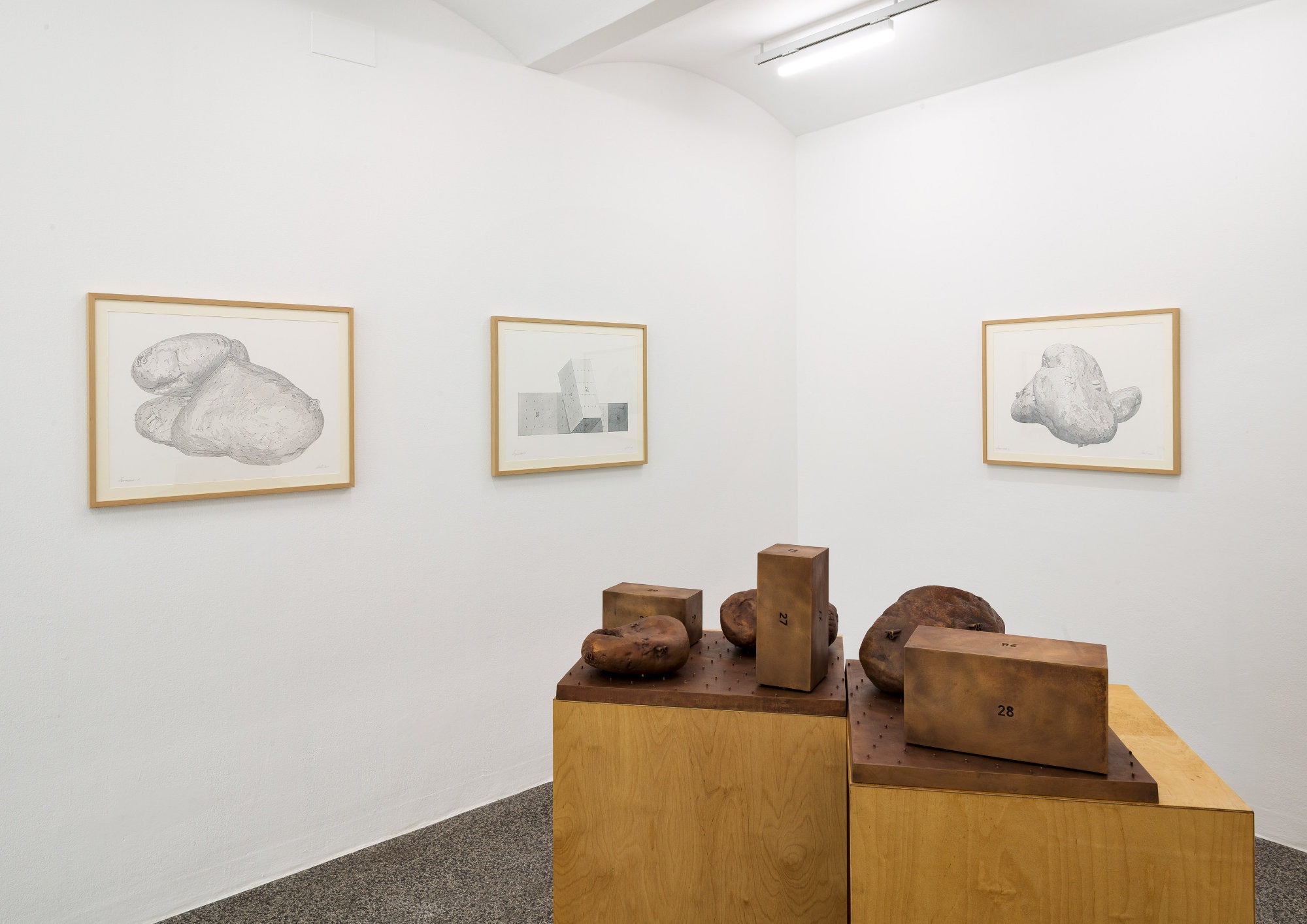
František Lesák, Supposition and Reality, 2021, installation view Secession 2021, photo: Iris Ranzinger
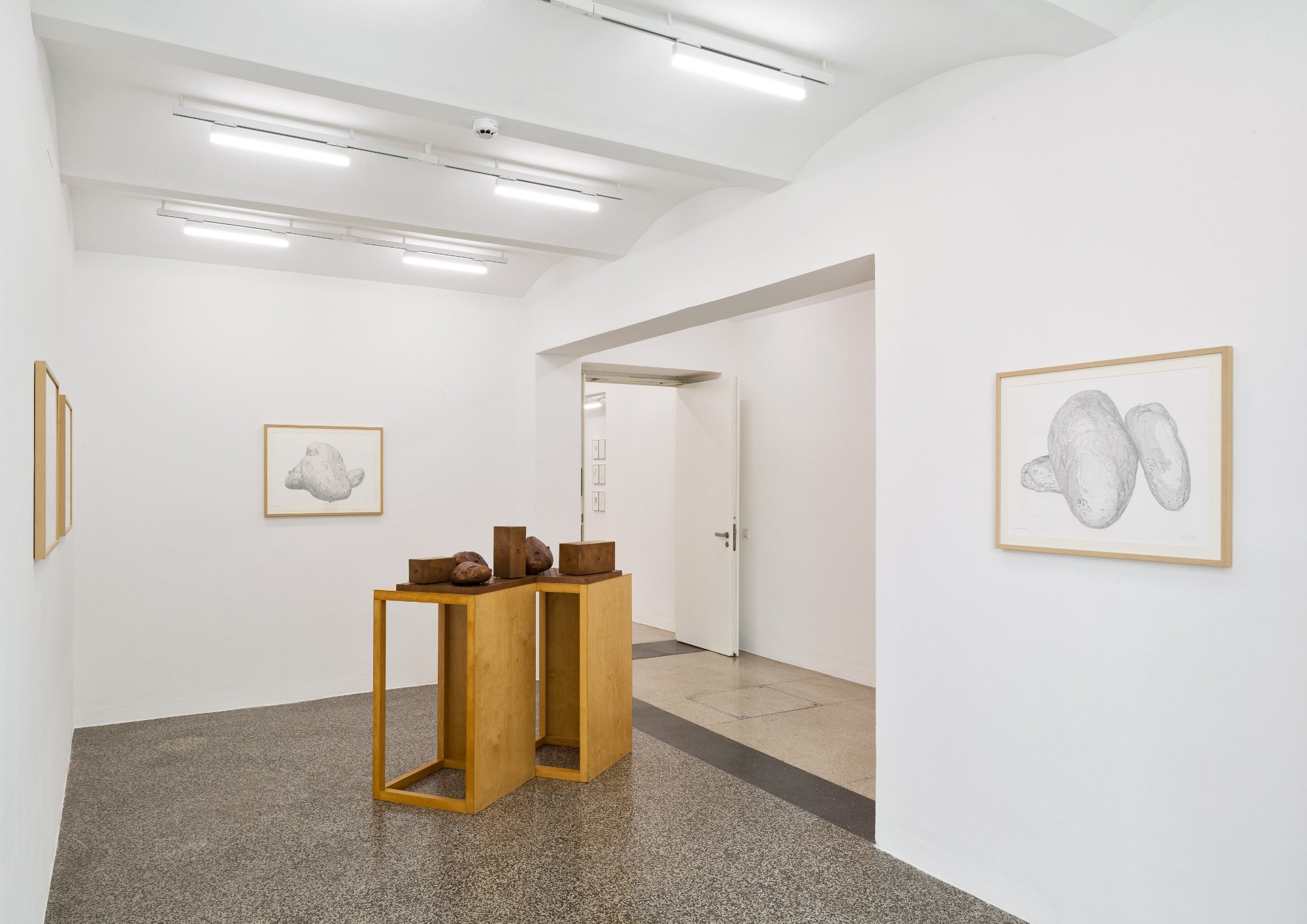
František Lesák, Supposition and Reality, 2021, installation view Secession 2021, photo: Iris Ranzinger
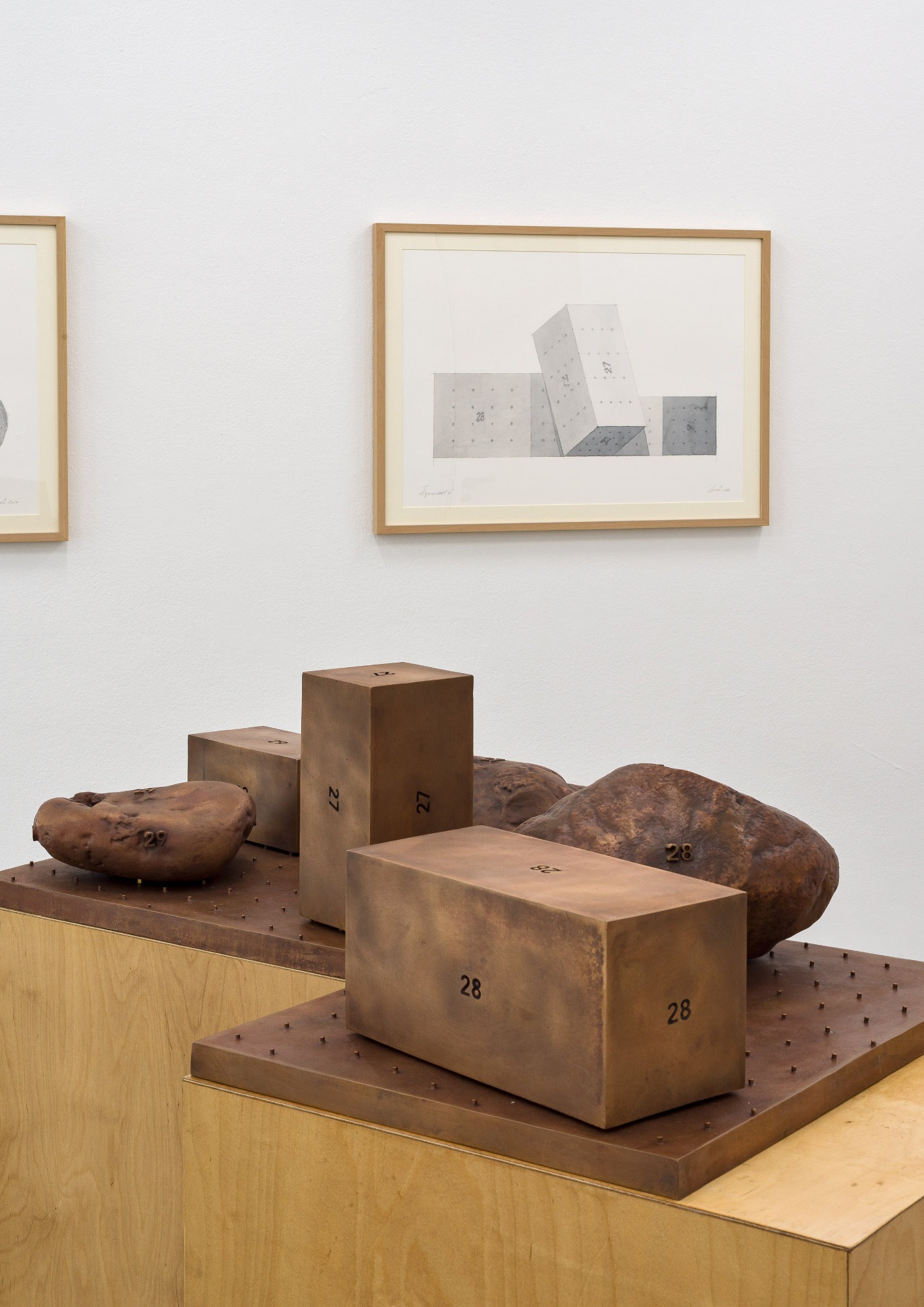
František Lesák, Supposition and Reality, 2021, installation view Secession 2021, photo: Iris Ranzinger
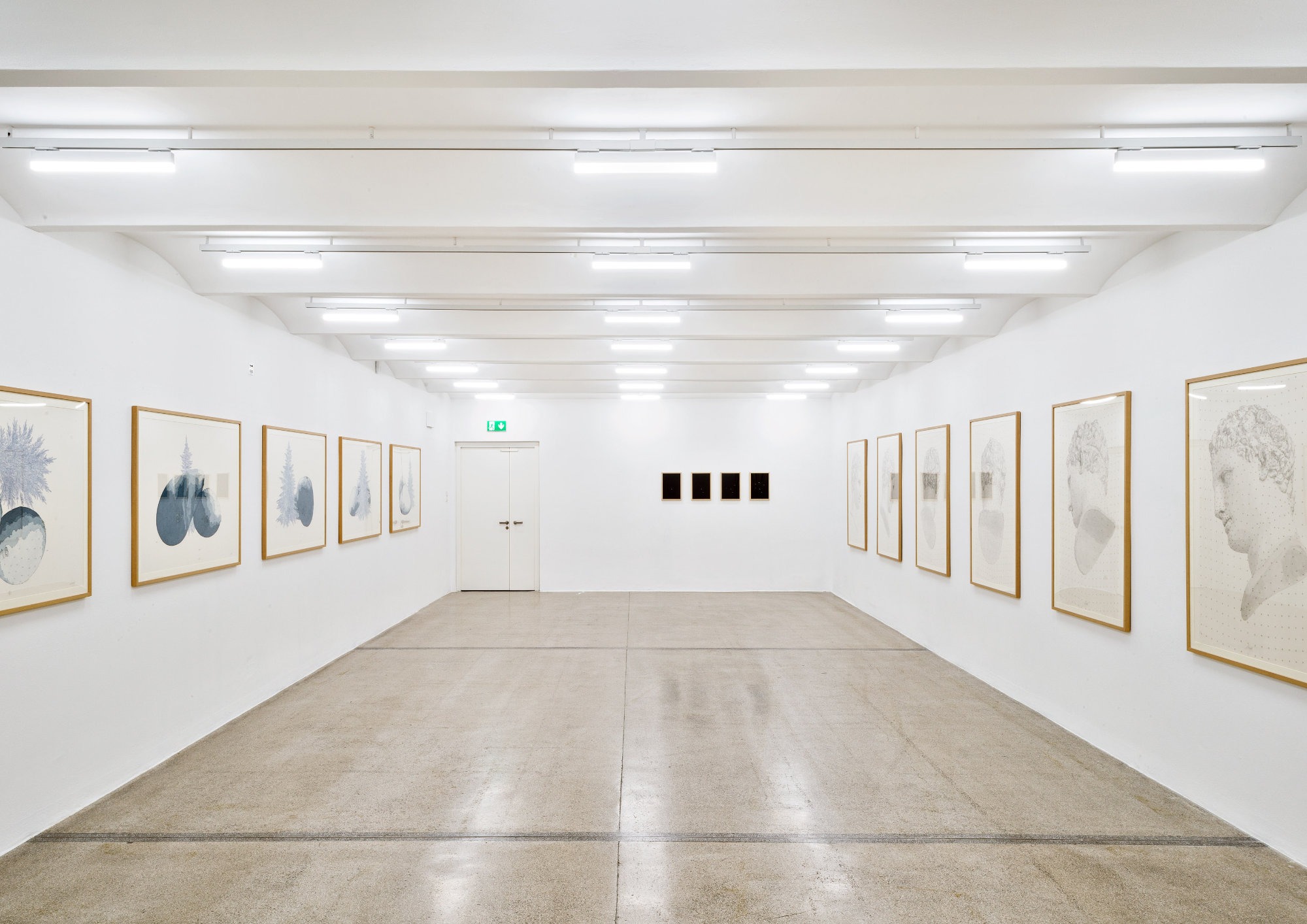
František Lesák, Supposition and Reality, 2021, installation view Secession 2021, photo: Iris Ranzinger
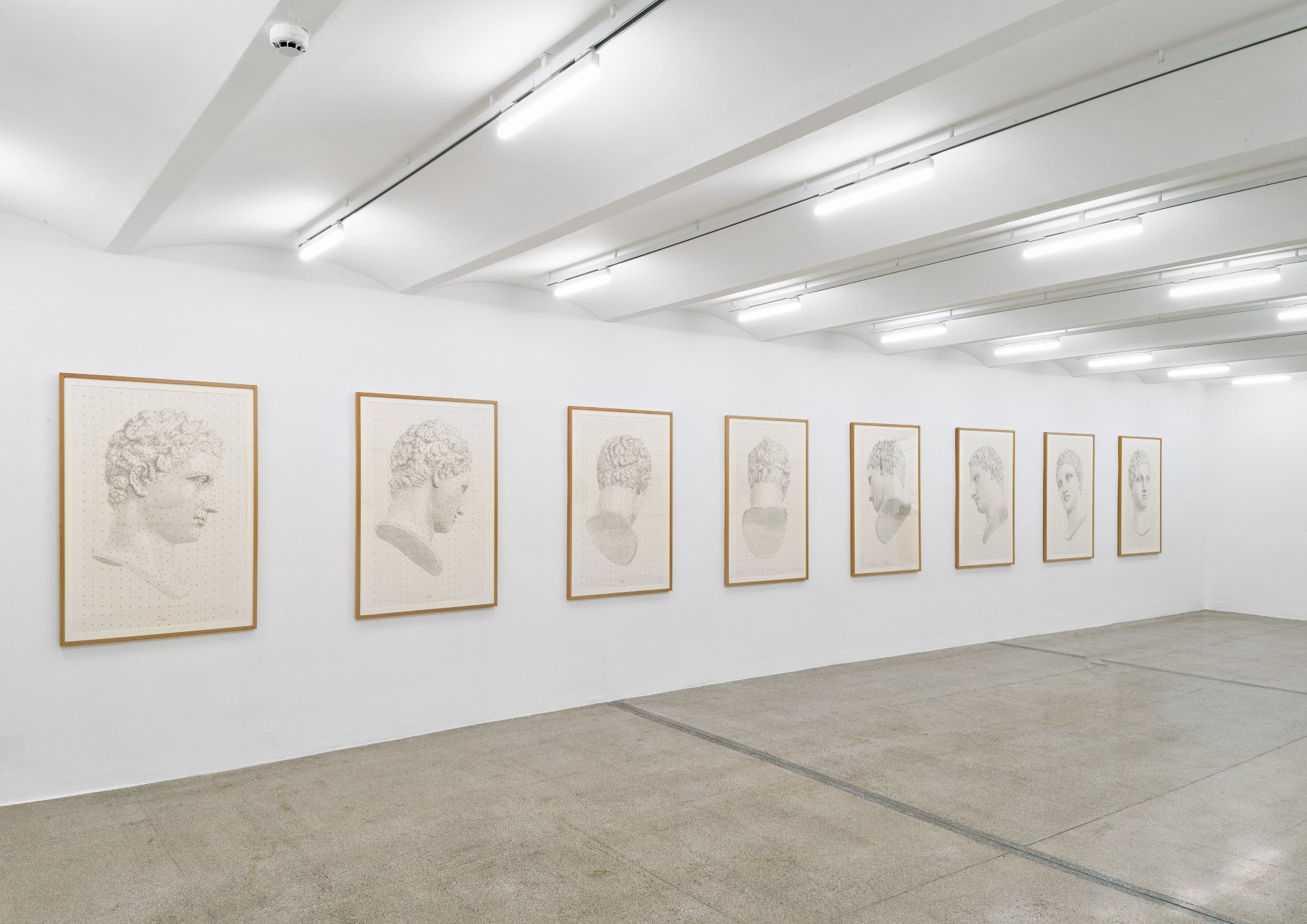
František Lesák, Supposition and Reality, 2021, installation view Secession 2021, photo: Iris Ranzinger
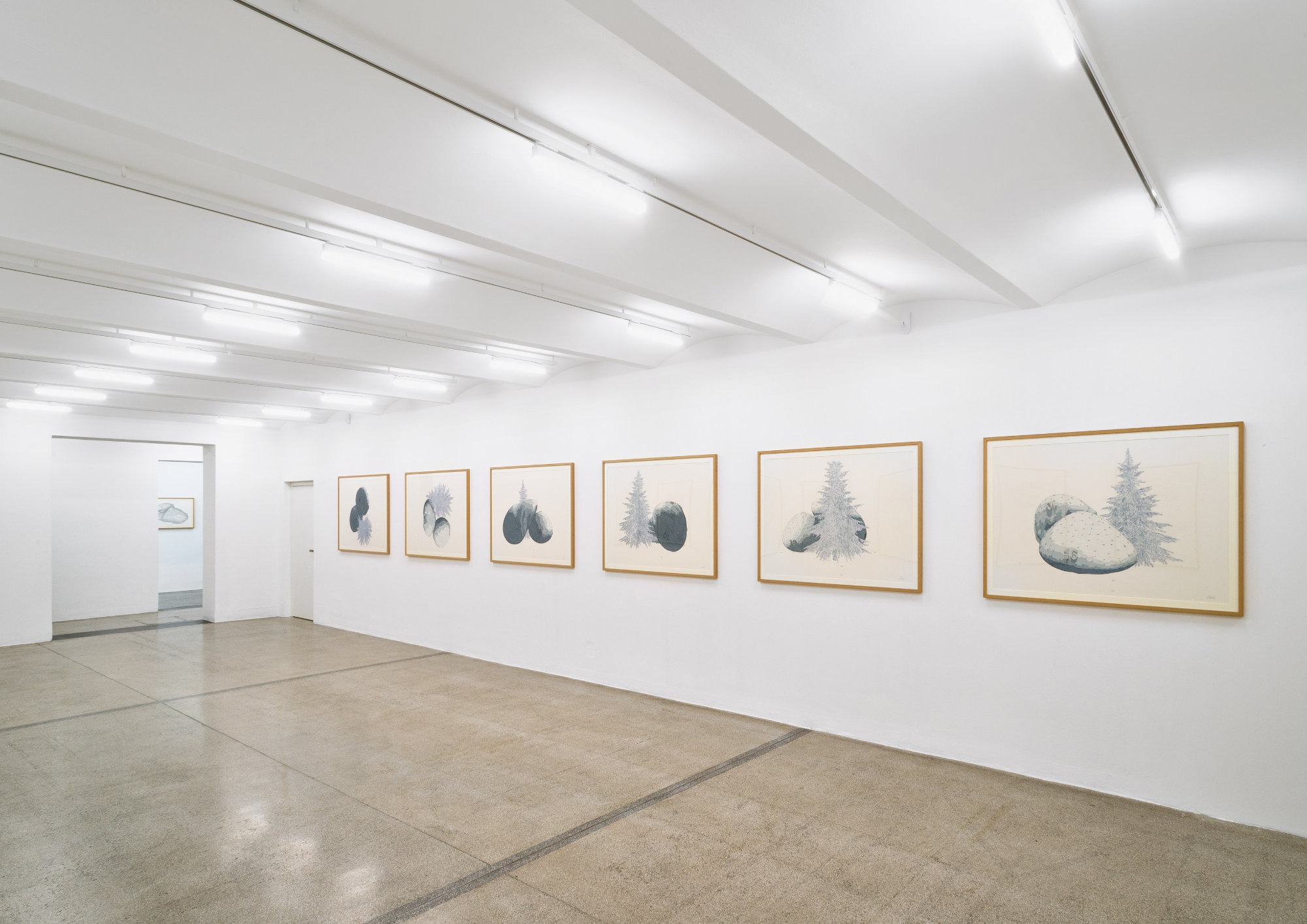
František Lesák, Supposition and Reality, 2021, installation view Secession 2021, photo: Iris Ranzinger
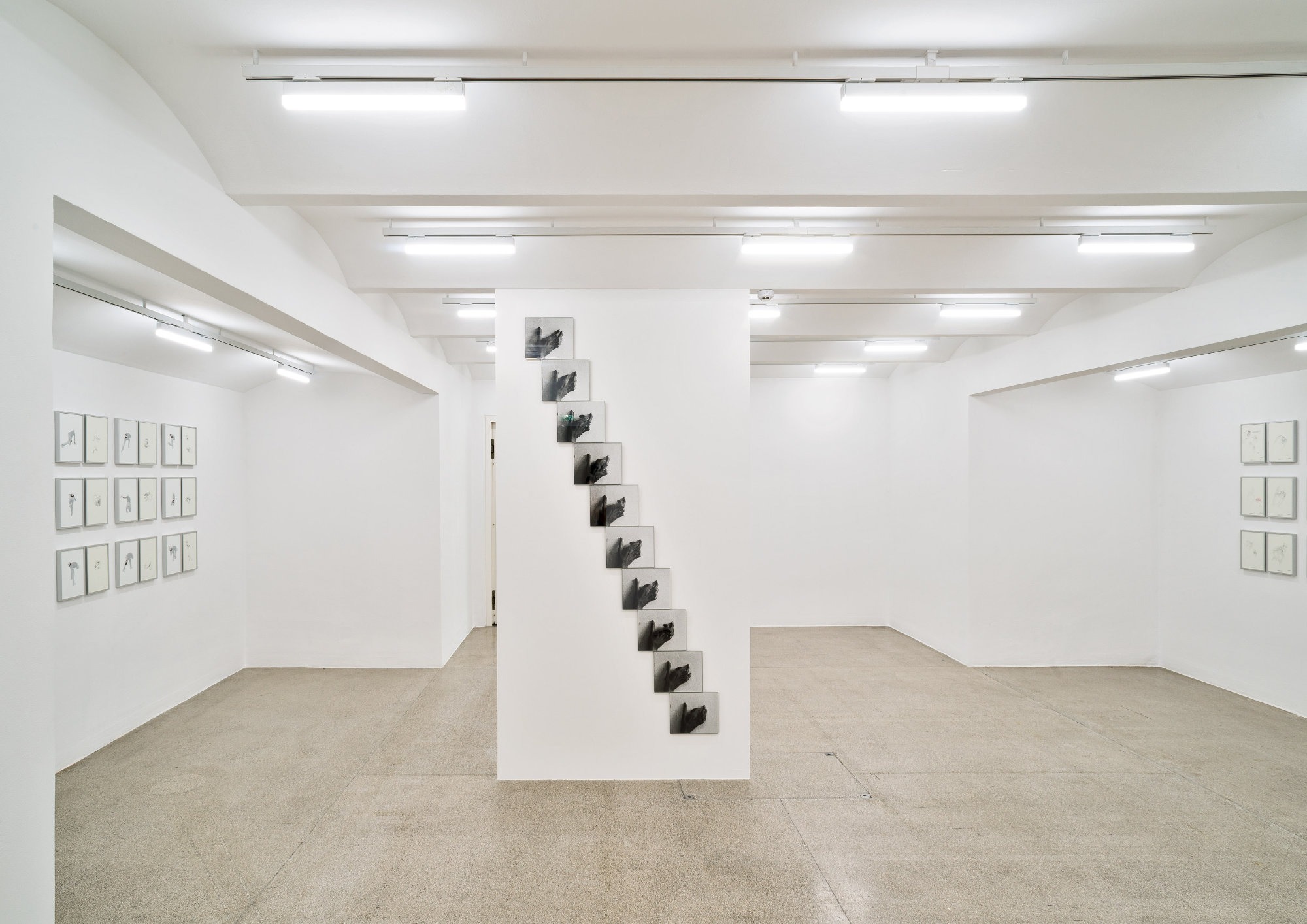
František Lesák, Supposition and Reality, 2021, installation view Secession 2021, photo: Iris Ranzinger
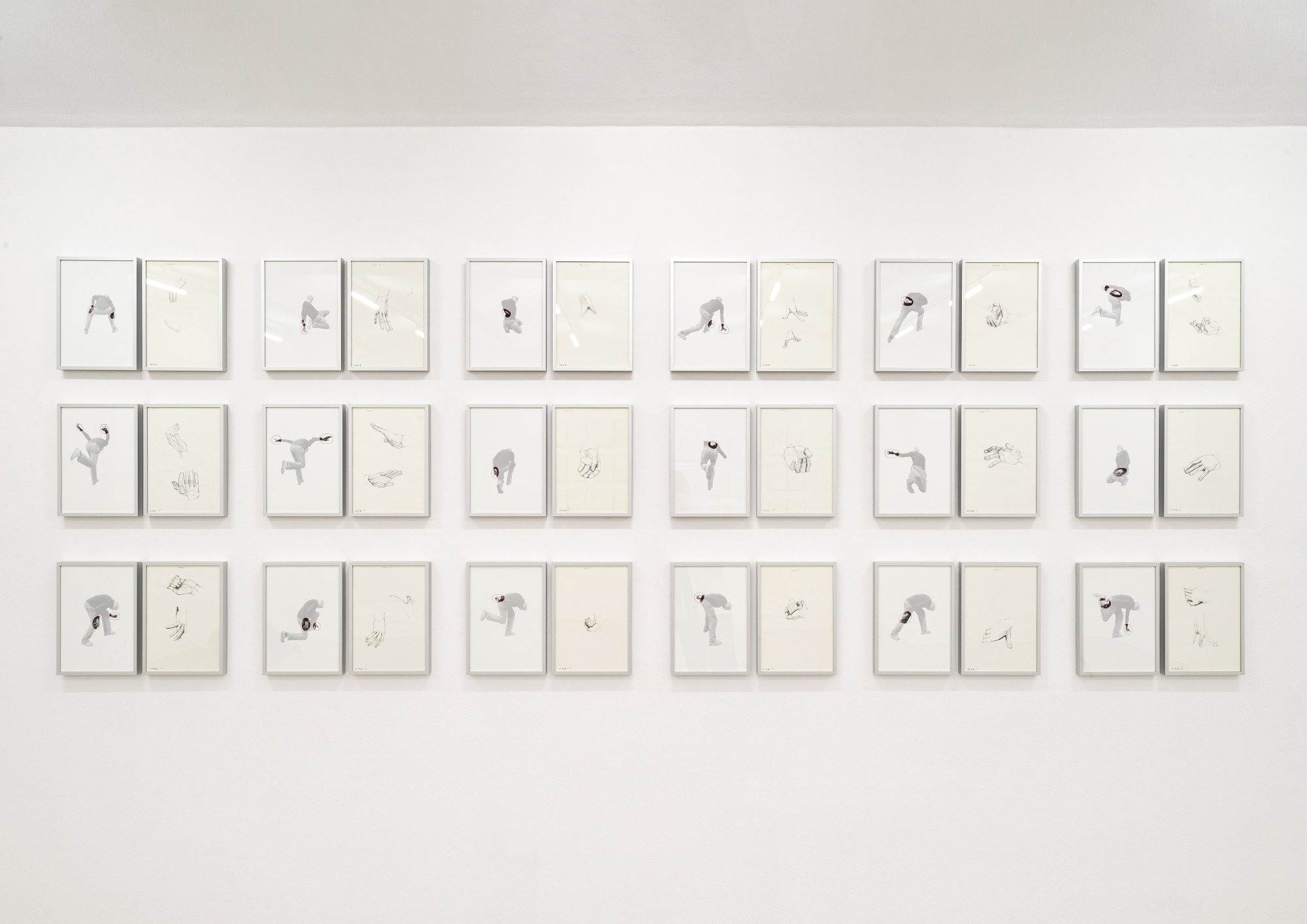
František Lesák, Supposition and Reality, 2021, installation view Secession 2021, photo: Iris Ranzinger
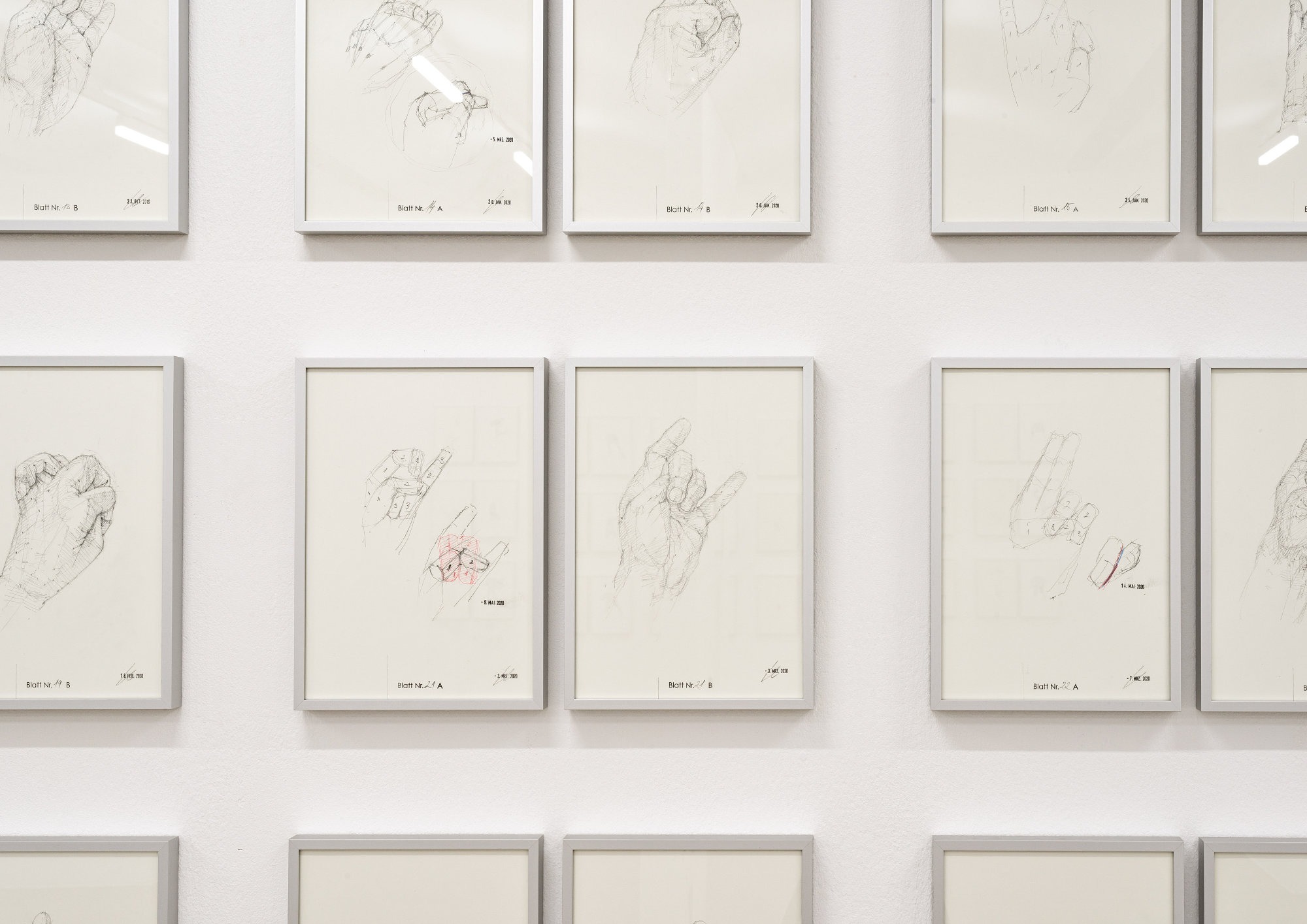
František Lesák, Supposition and Reality, 2021, installation view Secession 2021, photo: Iris Ranzinger
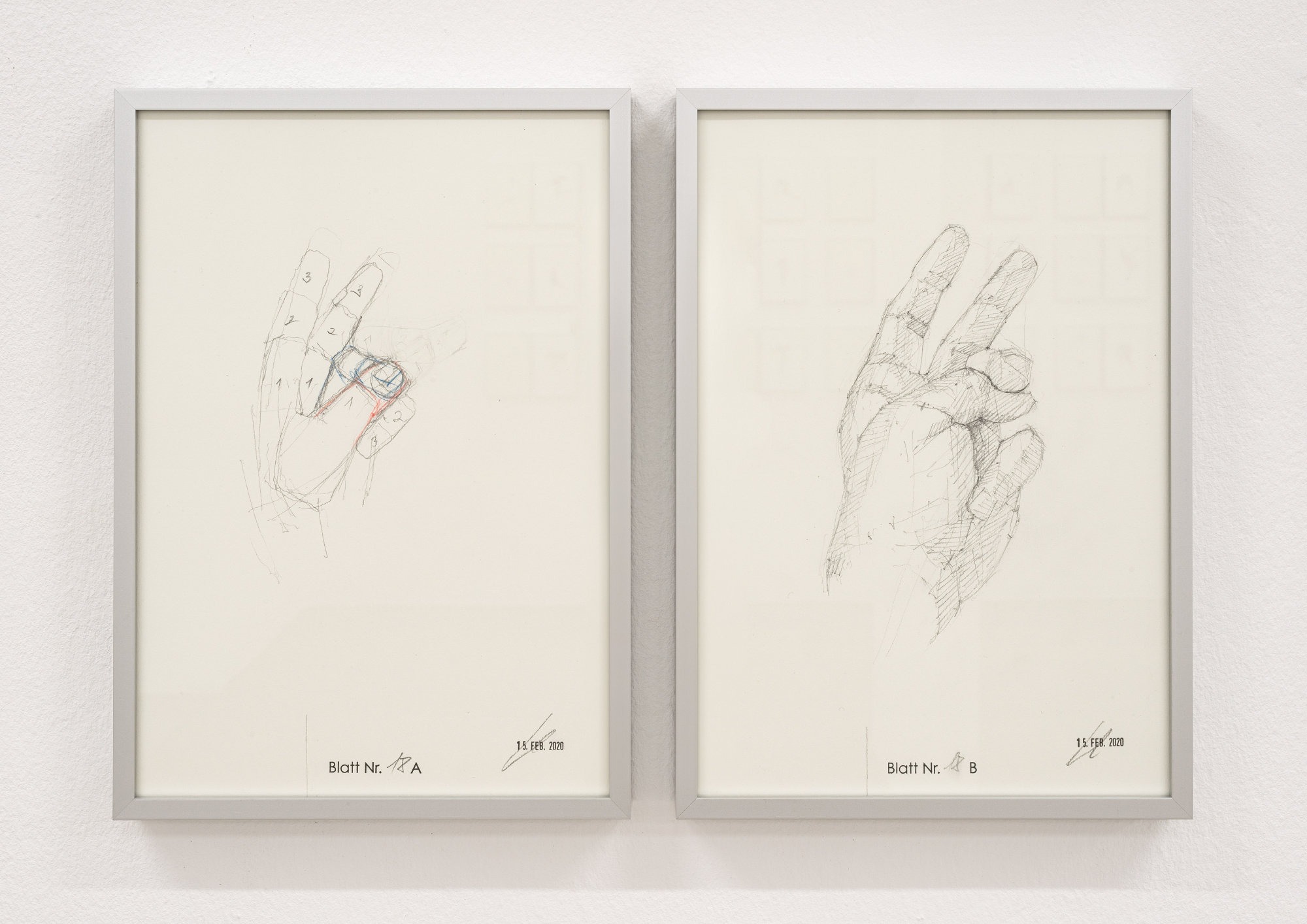
František Lesák, Supposition and Reality, 2021, installation view Secession 2021, photo: Iris Ranzinger
The conceptual draftsman and sculptor František Lesák’s work is dedicated to describing and understanding the world of objects and associated questions of perception. Creating systems of spatial reference, exploring alternating perspectives, surveying and mapping selected sceneries, and toying with shifts of scale are key elements of his creative toolset. Undertaking a kind of basic research, systematically planned cycles of works examine things and their relation to the real space around them as well as the space of media.
At the Secession, Lesák shows several bodies of work, mostly dating from the past few years, that have not or only rarely been on public display. The presentation sheds light on the contemporaneity of his art and continuities in his oeuvre.
In his new cycle Supposition and Reality (2020), from which the exhibition takes its title, Lesák probes the complex interplay between tactile and visual perception, but also scrutinizes drawing itself as a physical and mental practice that yields notations of reality. Implementing a rigorous experimental setup, he produced eighteen pairs of pictures that show his left hand in a variety of positions, applying two different practices. The drawing on the left in each pair seems comparatively open and clumsy, the result of the artist’s attempt to draw the hand, with the fingers folded in a particular way, while holding it under the table so that it eludes his sense of vision as a corrective authority. Recording how he imagines the placement of his fingers solely on the basis of haptic perception, Lesák finds, results in an unreliable supposition that, in the majority of instances, does not match the actual state of affairs. Although it is his own hand that he studies through proprioception, dependence on the sense of touch alone makes plotting the hand in its cohesive form difficult. The tentative pencil strokes and the fragmentary form document this fundamental challenge. For the corresponding drawings on the right, by contrast, the artist held up the hand in the same position before his eyes. The facility with which he now captures its form, expertly employing abstraction of its volumes to obtain geometric bodies, suggests the trained graphic artist. Comparison of the two representations reveals the considerable differences between the forms of experience and knowledge that each approach activates.
The motif of the hands as tool and vehicle of gestural expression also appears in the photographic series Establishing a Meter (1972) and studies for Bonjour Monsieur Courbet (1986–2020), on display in the same room. The extensive project Bonjour Monsieur Courbet undertakes an appropriation of Gustave Courbet’s La Rencontre, which shows an encounter between the painter Courbet, his patron Alfred Bruyas, the latter’s servant Calas, and his dog Breton. Lesák built a scenic reconstruction of the group of figures, sometimes integrating himself as an additional character. At the Secession, he now shares the photographs and drawings he produced during the project with the public for the first time. His own body served him as the model that allowed him to simulate different choreographies of movements with which he imprinted his presence on the referential system of the exchange of greetings and to gain a comprehensive understanding of the various postures.
Another major theme in Lesák’s oeuvre that comes to the fore in the second part of the exhibition is the multiplicity of aspects that an object presents to the viewer. Striving to record all its dimensions and the concurrence of surface, form, and volume, he devotes himself to classics of art history as well as the representation of motifs he finds in nature. The series Equivalents (2020) and Woodland (2014) delineate erratic granite boulders. The rock formations are characteristic of the northern part of the Waldviertel region, where Lesák has lived for some years. The different partial views, which complement each other, always incorporate a reconstruction of the parts that are hidden from view. The embossed digits are explained by the referential system that the artist has devised to chart the objects and their position relative to one another, as well as to a numbering scheme associated with a large model kit that lets him manufacture different formations. The series Hermes (2012) and Hermes Pointed with Light (2003), meanwhile, zoom in on a statue by the ancient sculptor Praxiteles that was found in the Temple of Hera at Olympia in 1877; plaster casts are in the collections of many art schools.
Lesák’s works are defined by a combination of painstaking accuracy and a frank acknowledgment of the limitations of the artist’s own perceptions; they visualize the consequent ambivalence of preciseness. His comprehensive study of the nexus between the mind’s apperception of the world and its description ultimately gestures toward the looming question of the nature of reality itself.
At the Secession, Lesák shows several bodies of work, mostly dating from the past few years, that have not or only rarely been on public display. The presentation sheds light on the contemporaneity of his art and continuities in his oeuvre.
In his new cycle Supposition and Reality (2020), from which the exhibition takes its title, Lesák probes the complex interplay between tactile and visual perception, but also scrutinizes drawing itself as a physical and mental practice that yields notations of reality. Implementing a rigorous experimental setup, he produced eighteen pairs of pictures that show his left hand in a variety of positions, applying two different practices. The drawing on the left in each pair seems comparatively open and clumsy, the result of the artist’s attempt to draw the hand, with the fingers folded in a particular way, while holding it under the table so that it eludes his sense of vision as a corrective authority. Recording how he imagines the placement of his fingers solely on the basis of haptic perception, Lesák finds, results in an unreliable supposition that, in the majority of instances, does not match the actual state of affairs. Although it is his own hand that he studies through proprioception, dependence on the sense of touch alone makes plotting the hand in its cohesive form difficult. The tentative pencil strokes and the fragmentary form document this fundamental challenge. For the corresponding drawings on the right, by contrast, the artist held up the hand in the same position before his eyes. The facility with which he now captures its form, expertly employing abstraction of its volumes to obtain geometric bodies, suggests the trained graphic artist. Comparison of the two representations reveals the considerable differences between the forms of experience and knowledge that each approach activates.
The motif of the hands as tool and vehicle of gestural expression also appears in the photographic series Establishing a Meter (1972) and studies for Bonjour Monsieur Courbet (1986–2020), on display in the same room. The extensive project Bonjour Monsieur Courbet undertakes an appropriation of Gustave Courbet’s La Rencontre, which shows an encounter between the painter Courbet, his patron Alfred Bruyas, the latter’s servant Calas, and his dog Breton. Lesák built a scenic reconstruction of the group of figures, sometimes integrating himself as an additional character. At the Secession, he now shares the photographs and drawings he produced during the project with the public for the first time. His own body served him as the model that allowed him to simulate different choreographies of movements with which he imprinted his presence on the referential system of the exchange of greetings and to gain a comprehensive understanding of the various postures.
Another major theme in Lesák’s oeuvre that comes to the fore in the second part of the exhibition is the multiplicity of aspects that an object presents to the viewer. Striving to record all its dimensions and the concurrence of surface, form, and volume, he devotes himself to classics of art history as well as the representation of motifs he finds in nature. The series Equivalents (2020) and Woodland (2014) delineate erratic granite boulders. The rock formations are characteristic of the northern part of the Waldviertel region, where Lesák has lived for some years. The different partial views, which complement each other, always incorporate a reconstruction of the parts that are hidden from view. The embossed digits are explained by the referential system that the artist has devised to chart the objects and their position relative to one another, as well as to a numbering scheme associated with a large model kit that lets him manufacture different formations. The series Hermes (2012) and Hermes Pointed with Light (2003), meanwhile, zoom in on a statue by the ancient sculptor Praxiteles that was found in the Temple of Hera at Olympia in 1877; plaster casts are in the collections of many art schools.
Lesák’s works are defined by a combination of painstaking accuracy and a frank acknowledgment of the limitations of the artist’s own perceptions; they visualize the consequent ambivalence of preciseness. His comprehensive study of the nexus between the mind’s apperception of the world and its description ultimately gestures toward the looming question of the nature of reality itself.
